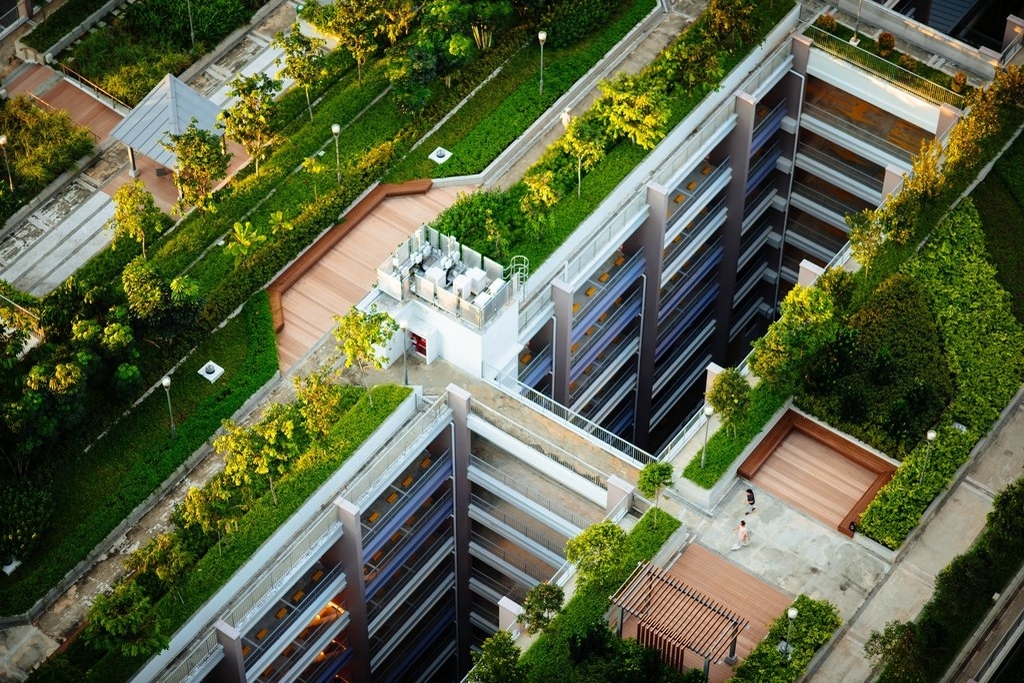The Greatest Guide To City Blooming
The Greatest Guide To City Blooming
Blog Article
City Blooming - An Overview
Table of ContentsThe Greatest Guide To City BloomingThe Basic Principles Of City Blooming About City BloomingSee This Report on City BloomingHow City Blooming can Save You Time, Stress, and Money.
Fascinated in expanding food for sale in the City of Chicago? Thinking of beginning an area garden? Modifications to the Chicago Zoning Statute enable agricultural usages like area gardens and urban farms in lots of parts of the city. Below is a listing of regularly asked questions relating to the rules and regulations that cultivators must take into consideration when intending a metropolitan farming job.
The zoning amendment does not change any type of other codes dealing with composting, structure authorizations, purchasing or renting City possessed home, company licenses or ecological contamination. There are existing codes that control these problems and they stay in complete impact and may be relevant to your project. Community gardens are usually possessed or taken care of by public entities, civic companies or community-based companies and kept by volunteers.
Urban ranches expand food that is intended to be sold, either on a not-for-profit or for-profit basis. Due to their industrial objective, metropolitan farms need an organization certificate.
10 Simple Techniques For City Blooming
Composting is permitted yet only for plant material that is generated and utilized on site. The amount of compost material can not exceed 25 cubic yards at any kind of offered time according to the requirements in 7-28-715 of the City's Municipal Code. Yes. Because the soil at the majority of brand-new garden websites requires changing, compost, soil, timber chips, or various other products can be acquired to construct or enhance the expanding space - indoor plants.

If a building license is needed then the hoophouse will be considered an accessory building. You can learn even more concerning the structure permit requirements by speaking to the Division of Buildings. The 25,000-square-foot size limit is intended to avoid a single neighborhood garden from dominating an offered block or diminishing the block's existing household or find more info commercial personality.
The restriction does not put on gardens found in Public Open Room (POS) areas. Can there be more than one area yard that is 25,000 square feet on a single block? Yes. The dimension restriction applies to individual yards, not to individual blocks. No. Fence is not called for, nevertheless, gardens that have big parking lot may be required to install fencing or various other landscaping attributes.
The Buzz on City Blooming
B1 & B2 areas call for that all commercial use tasks be conducted inside. R districts limit commercial activity. The guidelines mirror the objective and intent of the Zoning Code. Is fence needed for city farms? Yes. Fencings may be required, together with landscaping and screening, for particular auto parking locations and outdoor work or storage areas relying on area and the specific activity occurring.
Urban farms require building permits and zoning approvals prior to building and construction (home and garden). Other forms of city testimonial may be needed depending on specific structures, activities, dimension, landscaping, licensing, public heath and stormwater administration concerns.
The Division of Company Affairs and Customer Security can help determine the specific type of company license that's called for. Off street car parking is needed for most commercial tasks in Chicago. The called for number of parking rooms is based on the number of employees working on site and not the square video of the growing area.
Excitement About City Blooming

Yes. A city ranch can market compost material created on website, nonetheless, the operation needs to abide by the regulations in 7-28-715 of the Chicago Municipal Code. Yes. Aquaponic systems are allowed inside your home on metropolitan farms in numerous zoning areas. A zoning testimonial and structure license is called for in order to set up structures or systems and a company certificate is needed as explained over.
As much as five hives or nests of honey may be kept as an accessory usage. Beekeepers must sign up with the Illinois Department of Farming. For more details about the proposed zoning amendment you may contact the Division of Housing and Economic Development, Bureau of Planning and Zoning at 312.744.8563.
, which takes place in country areas at the side of suburban areas.
4 Easy Facts About City Blooming Described
It can include an activity of organic cultivators, "foodies" and "locavores", who look for to develop socials media established on a shared values of nature and community holism. These networks can create using official institutional assistance, becoming integrated into neighborhood town preparation as a "shift town" activity for lasting metropolitan growth.
The extra direct accessibility to fresh veggie, fruit, and meat products that might be know through urban farming can enhance food protection and food safety while reducing food miles, resulting in reduced greenhouse gas emissions, thus adding to climate modification mitigation. A few of the first proof of urban farming originates from Mesopotamia.
Report this page